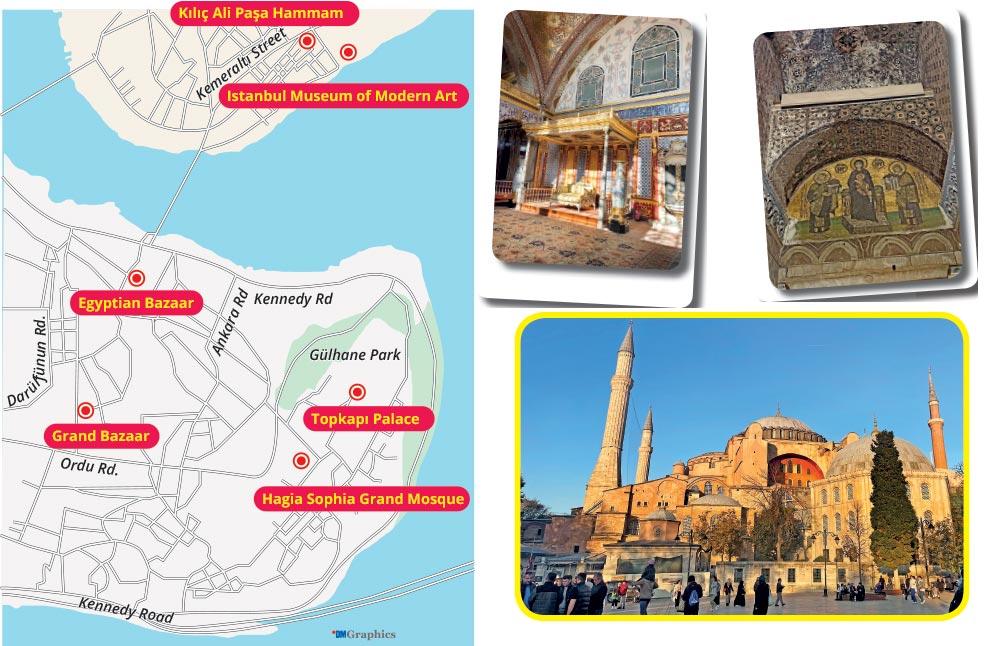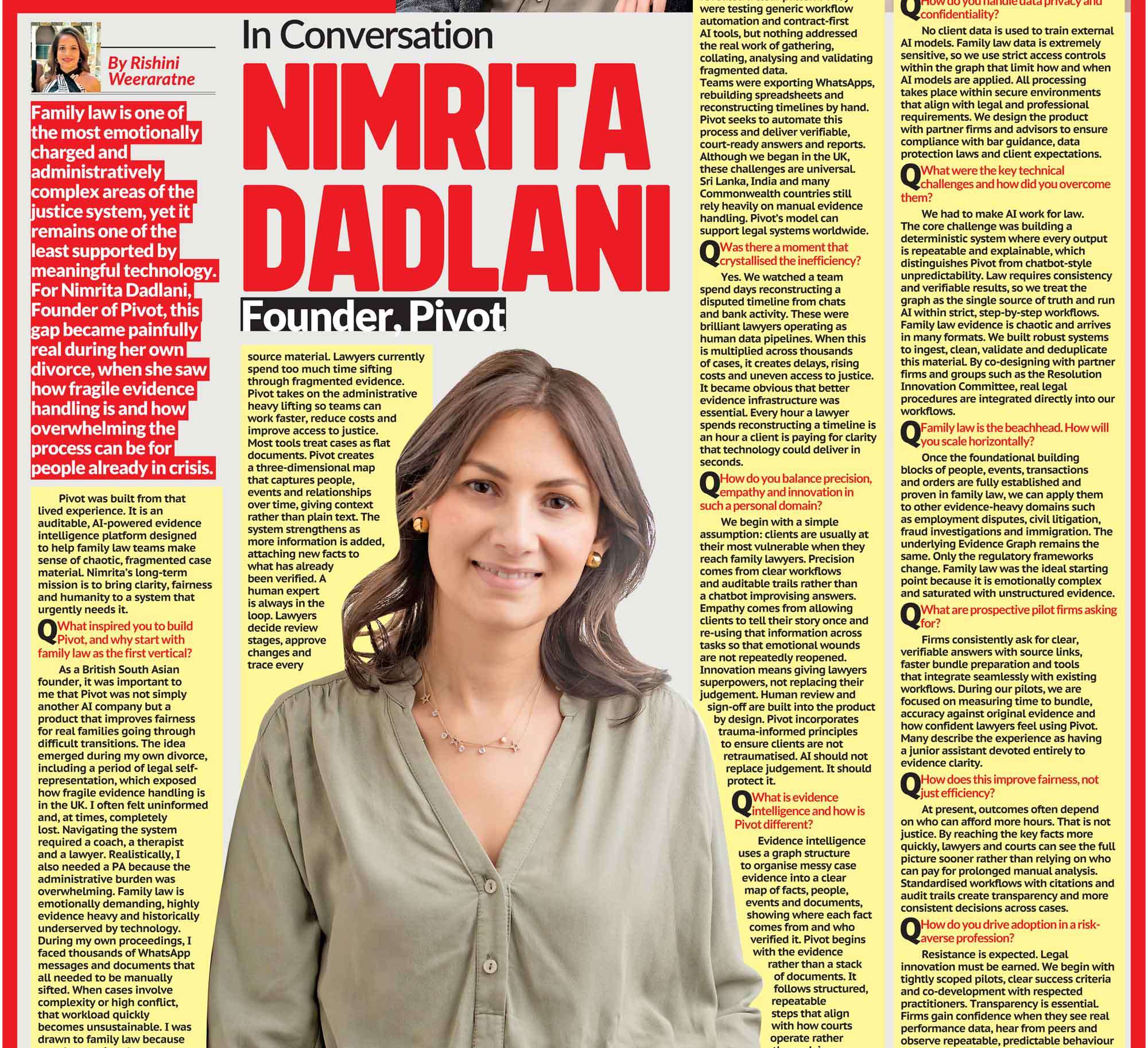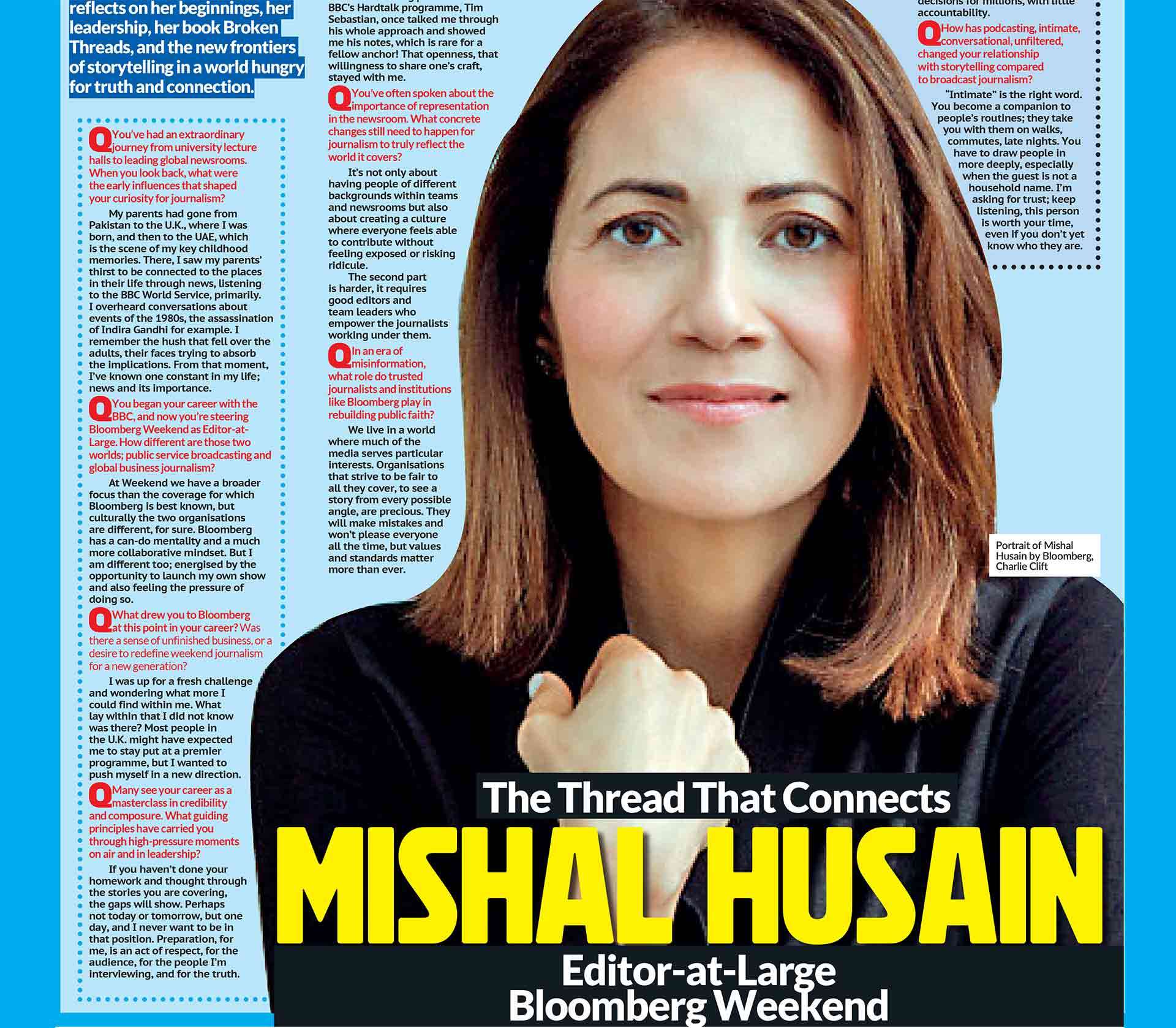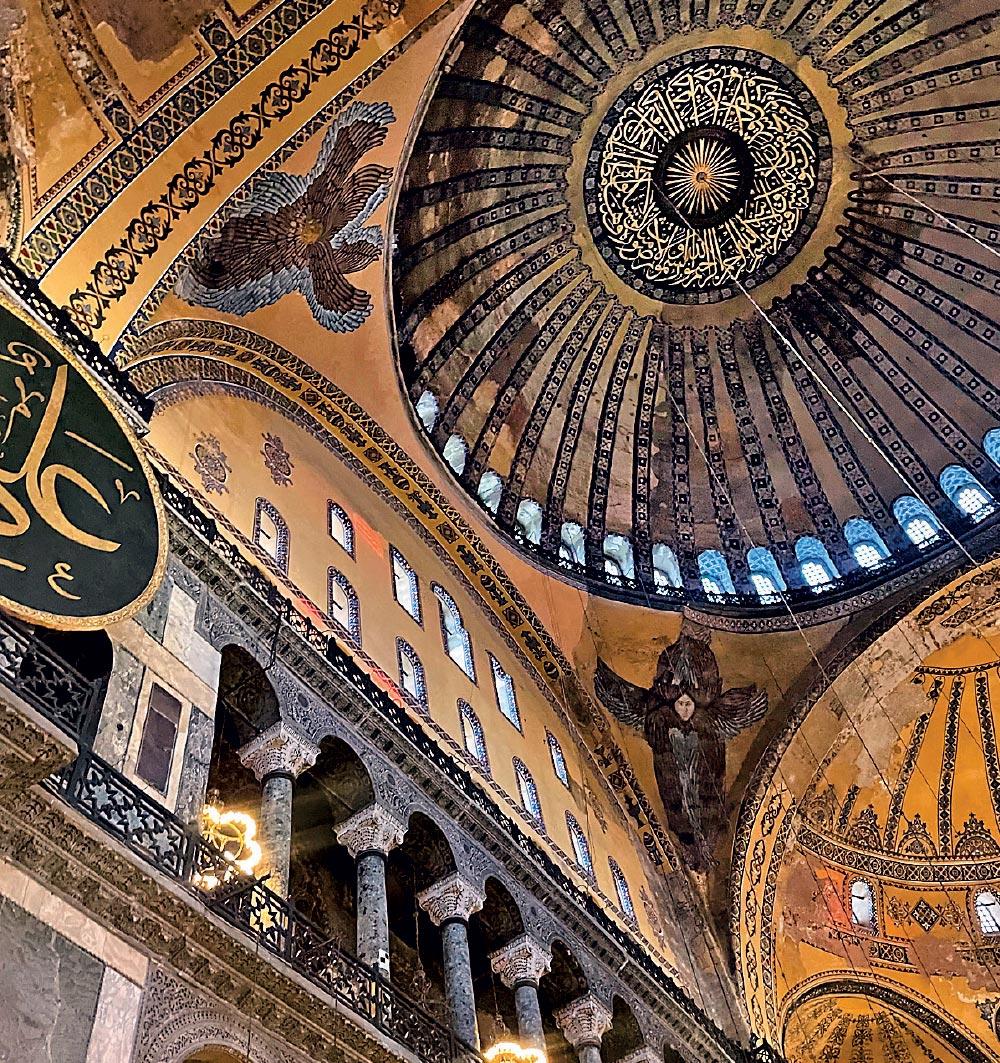

Istanbul is a city that cannot be contained. The 15-million-plus megapolis spills over into two continents (Europe and Asia), and keeps one’s senses on edge with its constant juxtapositions. Istanbul is historic and cosmopolitan, gritty and glamorous, Islamic and secular, Eastern and Western. There’s something comforting about the city, but just when you think you’ve figured it out, you turn a corner and you’re lost again.
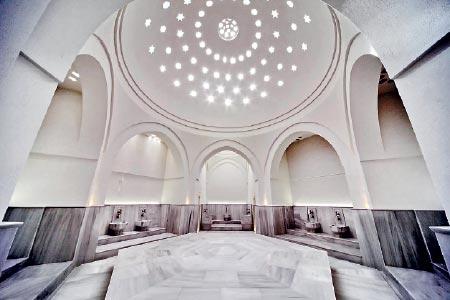 The city straddles the Bosporus, one of the world’s busiest waterways, which is why Istanbul was a prominent port in the Silk Road. It was used as the capital city for the Roman, Byzantine, Latin, and Ottoman Empires. For centuries, Istanbul has been at the historic crossroads of civilisations, and it continues to do so. It is a place where cultures, flavours and ideas all seamlessly blend together; a place where history has been written, erased and then rewritten. It can feel a little overwhelming when you visit a city as dense and diverse as Istanbul, so here are a few things I think you should add to your itinerary.
The city straddles the Bosporus, one of the world’s busiest waterways, which is why Istanbul was a prominent port in the Silk Road. It was used as the capital city for the Roman, Byzantine, Latin, and Ottoman Empires. For centuries, Istanbul has been at the historic crossroads of civilisations, and it continues to do so. It is a place where cultures, flavours and ideas all seamlessly blend together; a place where history has been written, erased and then rewritten. It can feel a little overwhelming when you visit a city as dense and diverse as Istanbul, so here are a few things I think you should add to your itinerary.
Get a Taste of Its History
Start at the city’s spiritual and historical heart with a visit to the Hagia Sophia and the Blue Mosque. Standing opposite each other in Sultanahmet, they anchor the skyline with their domes and minarets, echoing centuries of conquest, conversion, and continuity.
The Hagia Sophia was once a church, then a mosque, a museum, and now a mosque again. Constructed in 537 AD, the Hagia Sophia is considered the epitome of Byzantine architecture, but it perfectly reflects the city’s storied past. From its construction up until 1453, it served as the Cathedral of Constantinople. Subsequently, the Ottoman Empire took over and converted it into a mosque, adding the structure’s signature minarets. The Hagia Sophia’s layered past echoes through its walls and marble archways. Faded mosaics of Christ and the Virgin Mary peek through plaster, quietly coexist with Quranic verses in elegant Arabic script. A painting of the hexapterygon (six-winged angel), whose face was covered and then recently uncovered, shows how different religions all intertwine under this one roof.
Across the square is the Sultan Ahmed Mosque (the Blue Mosque), which was built between 1609 and 1617 under Ottoman rule. Sultan Ahmed I constructed this expansive mosque with its cascading domes and six minarets. It is believed that he wanted to erect a structure that rivalled the Hagia Sophia and also leave his mark on the city’s ever-changing skyline. The Blue Mosque is just as impressive from the inside. The walls are decorated with thousands of Iznik tiles, hand-painted with floral motifs in predominantly (you guessed it) the colour blue.
Admire Turkish Artistry
It should come as no surprise that a city with such a storied past has a thriving legacy of artistry and craftsmanship. During the reign of the Ottoman Empire, people were divided into esnaf (guilds), which helped them hone their talents and specialise in their craft, which was passed on from generation to generation. A visit to the Topkapı Palace is the best way to experience Ottoman opulence. Originally built by Sultan Mehmed the Conqueror in 1459, the palace boasts tiled courtyards, sprawling gardens and even a domed kitchen so vast that it could have been mistaken for an imperial mosque! The palace has now become a museum which displays various artefacts such as paintings, armoury and even ceramic work; however, it was the emerald dagger with a gem-studded golden sheath that caught my eye. With that said, each room in the palace is a work of art, and as you wander through the property, you will marvel at the intricate grandeur of each element. If you want to shift gears and see how Istanbul’s artistry has evolved over the centuries, then visit the sunlit halls of the Istanbul Modern, which houses contemporary Turkish art.
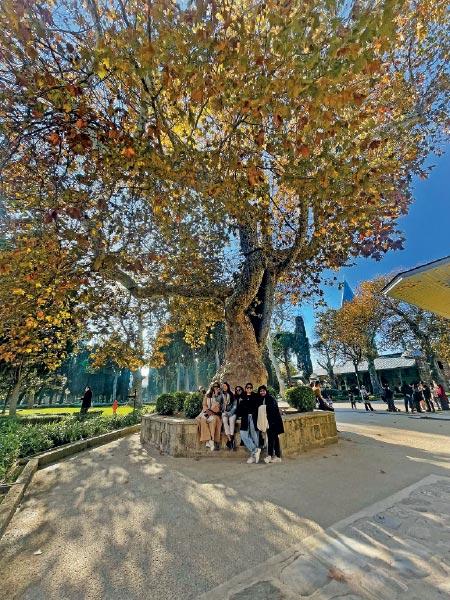 Try Your Luck Haggling at the Bazaars
Try Your Luck Haggling at the Bazaars
The Grand Bazaar of Istanbul is one of the world’s oldest and largest covered markets. Construction first began over 500 years ago during Ottoman rule, and today it covers 61 streets and has over 4,000 stores! Get lost in the labyrinth of stalls selling antiques, gold jewellery, silk scarves, Persian rugs, gorgeous Turkish ceramics, and counterfeit designer bags and shoes. Vendors call out, trying to entice you to make a purchase, while their products shimmer under the bright lights like a mirage, drawing you deeper into this cave of wonders. Even if you don’t want to buy anything, you must visit the Grand Bazaar because the structure itself is a sight to behold… plus you will definitely find something you want to take back once you go.
A short walk away from the Grand Bazaar is the Spice Bazaar, also called the Egyptian Bazaar. Visiting the 17th-century market is an intoxicating experience. One step inside and you will be hit with the heady aroma of sumac, saffron, cardamom, cinnamon, and dried rose petals. Here you will find Turkish delight stacked in jewel-toned pyramids, spices piled high into neat little mounds, cured meats hanging from hooks, and shelves lined with herbal remedies. Though it’s more polished today than in centuries past, the bazaar still thrums with the same energy and is a place where commerce, culture, and the senses collide.
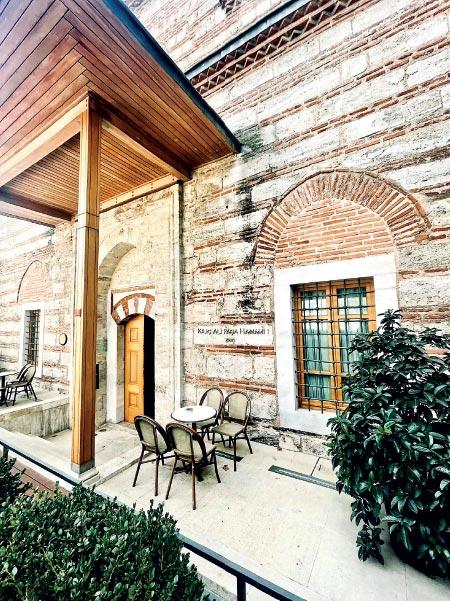 Experience a Turkish Bath
Experience a Turkish Bath
Hammams have a rich history that dates back to the Roman and Byzantine periods, when public baths were a central element of daily life. These bathhouses used to be a meeting point for people of all social classes to mingle, share ideas, have hushed political discussions and even secure business transactions. Nowadays, these bathhouses are more akin to luxury spas than a place for serious discussions, and hammams are still an integral part of Turkish culture.
I didn’t expect it, but visiting the Kılıç Ali Paşa Hammam was a transformative experience. This bathhouse was built in 1578, and much of its original architecture still stands. I remember it felt like entering another world, because when the door closed behind me, the chaos of Istanbul was silenced and I was in a hidden oasis. A hammam typically has three rooms: a warm room (caladium), a hot room (hararet) and a cool room (soğukluk). Upon entering, your attendant will douse you with cool water and then lead you to the warm room, where you lie on a heated marble slab to relax your muscles. After that, you’re taken to the hot room where you’ll be scrubbed like never before. If it’s your first time (like mine), it can feel a bit intimate and awkward, but it's designed to remove dead skin cells and promote circulation, and you come out feeling reborn. The final room is where you enjoy Turkish tea and snacks and let the wave of relaxation wash over you before you return to real life.
Istanbul feels haphazard. You’ll be zigzagging through tight cobblestone streets trying to find a location, only to realise you’ve passed it about five times. Or, you take a taxi with a gruff driver who smokes out the window and doesn’t drop you at the right location. It’s a lot, but there’s so much to see, eat and do that you quickly get swept in the beautiful chaos of it all. Since the city’s inception, Istanbul has been a vibrant mosaic of cultures, and this legacy still lives on today.
